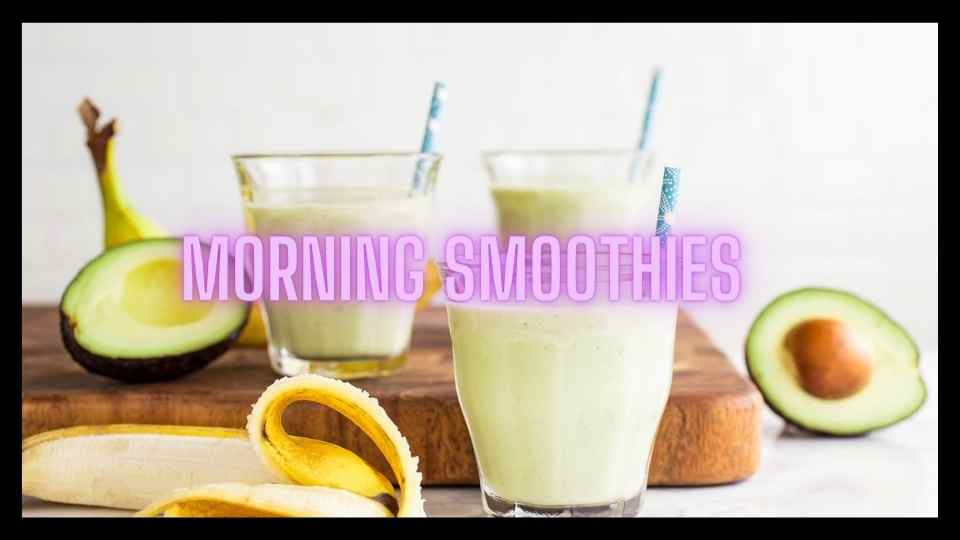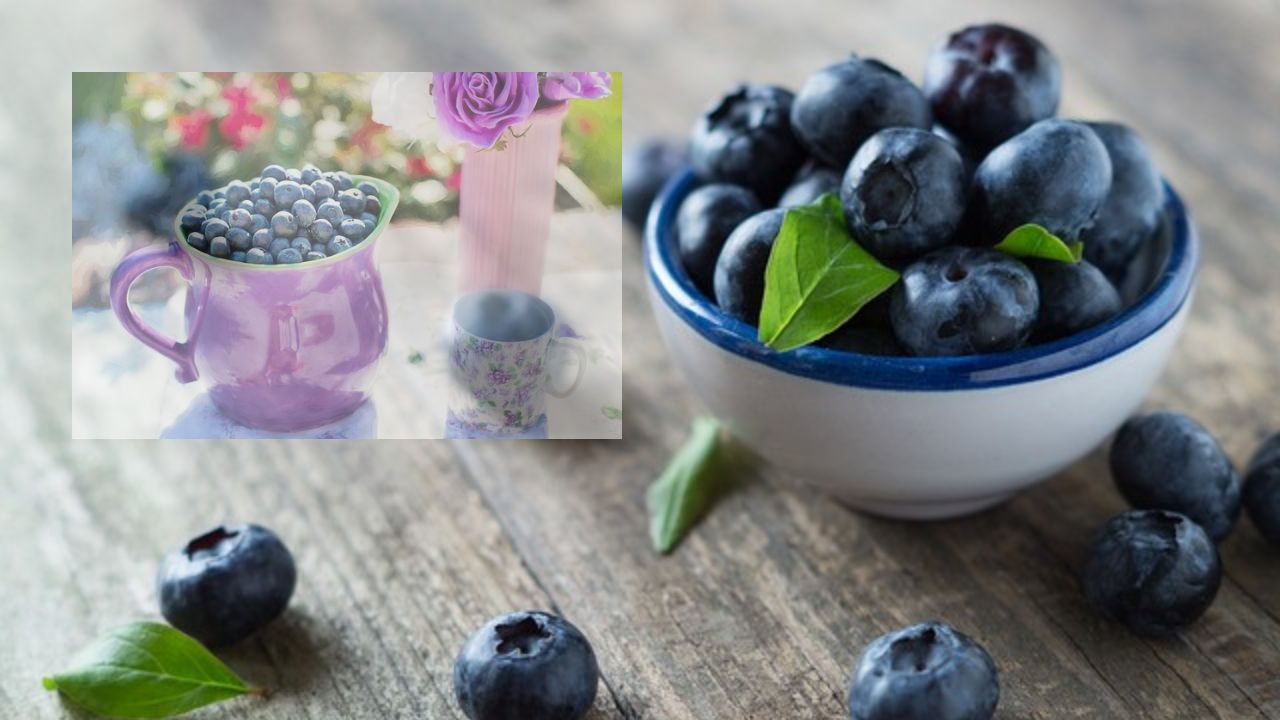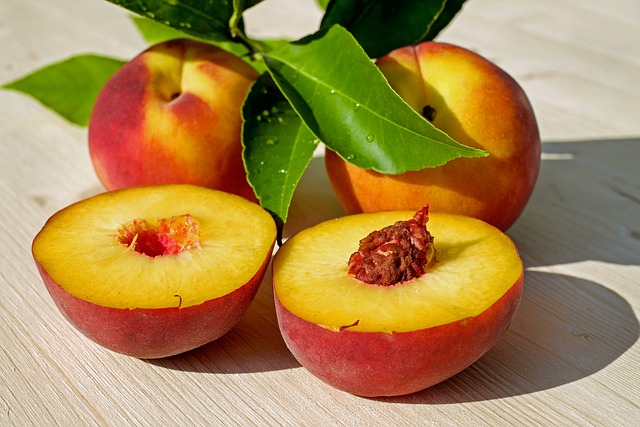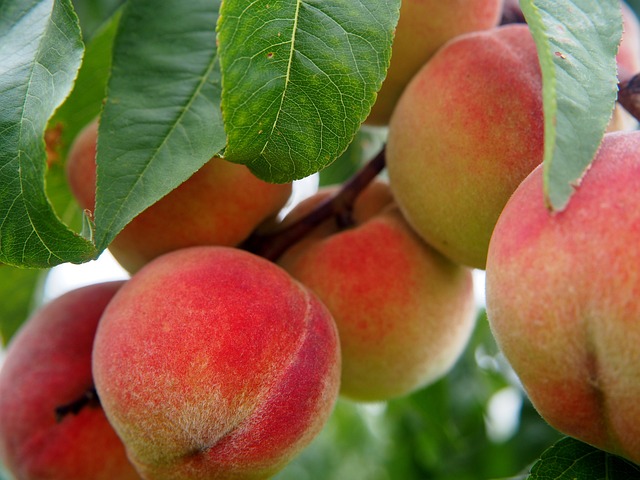Morning Smoothies: The Ultimate Guide to a Healthy Start
Morning Smoothies: Welcome to our comprehensive guide to “Morning Smoothies.” In this article, we will delve into the world of nutritious and delicious smoothie recipes that will help kickstart your day with a burst of energy and vitality. Designed to fit seamlessly into your morning routine, these smoothie recipes are not only satisfying but also packed with essential nutrients to support your overall well-being. So, without further ado, let’s dive into the world of morning smoothies and discover the many benefits they offer.
Why Choose Morning Smoothies?
We all know that breakfast is the most important meal of the day, and what better way to nourish your body than with a refreshing morning smoothie? Start your day right by feeding your body with a wholesome blend of fruits, vegetables, and other nutritional powerhouses. Morning smoothies are an excellent choice for those seeking a quick, convenient, and healthy breakfast option.
The Benefits of Morning Smoothies
- Boosts Energy Levels: A nutrient-packed morning smoothie can provide your body with the essential fuel it needs to kickstart your day. With a carefully curated combination of fruits, vegetables, healthy fats, and protein sources, you’ll experience a steady release of energy throughout the morning.
- Enhances Nutrient Intake: Incorporating a variety of ingredients into your morning smoothie ensures that you’re consuming a wide range of vitamins, minerals, and antioxidants. From leafy greens to tropical fruits and superfoods like chia seeds and spirulina, the nutritional possibilities are endless!
- Supports Digestion: Many morning smoothie recipes include fiber-rich ingredients like bananas, berries, oats, and nuts. This fiber aids in maintaining a healthy digestive system, keeping you satiated and preventing those mid-morning hunger pangs.
- Weight Management: For those watching their weight, morning smoothies can be an excellent tool in maintaining a healthy balance. By incorporating protein and healthy fats into your smoothie, you’ll feel fuller for longer, reducing the need for unhealthy snacks throughout the day.
- Hydration: Adequate hydration is crucial for overall well-being, and starting your day with a hydrating smoothie can help kickstart your hydration goals. Blend in coconut water, cucumber, or watermelon to create a refreshing and hydrating morning beverage.
Easy Morning Smoothie Recipes
- Green Goddess Smoothie:
– Ingredients: Spinach, banana, pineapple, almond milk, chia seeds.
– Instructions: Blend spinach, banana, pineapple, almond milk, and a sprinkle of chia seeds until smooth. Enjoy the refreshing green goodness!
- Berry Blast Smoothie:
– Ingredients: Mixed berries (strawberries, blueberries, raspberries), Greek yogurt, honey, coconut water.
– Instructions: Blend a handful of mixed berries with Greek yogurt and a drizzle of honey. Add coconut water for a lighter consistency. Savor the burst of berry flavors!
- Tropical Paradise Smoothie:
– Ingredients: Mango, pineapple, coconut milk, spinach, flaxseed.
– Instructions: Blend ripe mango, pineapple, coconut milk, a handful of spinach, and a sprinkle of flaxseed. Transport yourself to a tropical paradise with every sip!
- Protein-Packed Smoothie:
– Ingredients: Almond butter, almond milk, banana, chocolate protein powder, oats.
– Instructions: Blend almond butter, almond milk, banana, chocolate protein powder, and a small portion of oats for that extra protein boost. Ideal for fitness enthusiasts!
Are smoothies good for you in the morning?
Smoothies can be a nutritious and convenient option for breakfast, but whether they are “good for you” in the morning depends on the ingredients you use and your individual dietary needs and goals. Here are some factors to consider:
Healthy Diet Plan for Men
- Nutrient Content: Smoothies can be packed with essential nutrients like vitamins, minerals, fiber, and antioxidants, depending on the ingredients you choose. Adding fruits, vegetables, yogurt, or nut butter can provide a range of nutrients that are beneficial for your health.
- Fiber: Including fiber-rich ingredients such as fruits, vegetables, and whole grains in your morning smoothie can help keep you feeling full and satisfied, support digestive health, and regulate blood sugar levels.
- Protein: Adding protein to your smoothie, whether from yogurt, milk, protein powder, or nuts, can help you feel full and provide sustained energy throughout the morning.
- Sugar Content: Be cautious about adding too much sugar to your smoothie. Some commercial smoothies and homemade versions with excessive fruit juices, sweeteners, or sugary ingredients can be high in added sugars, which may not be the healthiest choice.
- Calories: If you’re watching your calorie intake, be mindful of the ingredients you use in your smoothie. Some smoothies can be calorie-dense, especially if they include high-fat or high-sugar ingredients.
- Dietary Restrictions: Consider any dietary restrictions or preferences you have. For example, if you’re following a vegan diet, you can use plant-based milk and yogurt in your smoothie.
- Balance: A balanced smoothie should ideally contain a mix of fruits or vegetables, a source of protein, and healthy fats if desired. This combination can help stabilize your blood sugar levels and keep you satisfied until your next meal.
- Individual Preferences: What works for one person may not work for another. Some people prefer a solid breakfast, while others find that a smoothie is a quick and convenient option.
Ultimately, the healthiness of a morning smoothie depends on what you put in it. A well-balanced smoothie made with whole, nutrient-dense ingredients can be a healthy choice. However, if your smoothie is primarily composed of sugary fruits and lacks protein or fiber, it may not be the best option for a nutritious breakfast. It’s important to tailor your smoothie to your individual dietary needs and goals and choose ingredients that align with your overall nutritional plan.
What are the best things to put in a morning smoothie?
A morning smoothie can be a nutritious and energizing way to start your day. The best ingredients to put in a morning smoothie depend on your personal preferences and dietary goals, but here are some common components to consider:
- Base Liquid:
- Water
- Almond milk
- Soy milk
- Coconut water
- Greek yogurt
- Regular yogurt
- Oat milk
- Fruits:
- Berries (strawberries, blueberries, raspberries)
- Banana (for creaminess)
- Mango
- Pineapple
- Apple
- Pear
- Kiwi
- Orange
- Avocado (for creaminess and healthy fats)
- Vegetables:
- Spinach
- Kale
- Swiss chard
- Cucumber
- Carrots
- Beets
- Celery
- Zucchini
- Protein:
- Protein powder (whey, plant-based, or collagen)
- Greek yogurt
- Silken tofu
- Cottage cheese
- Nut butter (almond, peanut, cashew)
- Healthy Fats:
- Avocado
- Chia seeds
- Flax seeds
- Hemp seeds
- Coconut oil
- Sweeteners (optional):
- Honey
- Maple syrup
- Agave nectar
- Medjool dates
- Flavor Enhancers:
- Cinnamon
- Nutmeg
- Vanilla extract
- Ginger
- Extras (optional):
- Rolled oats
- Unsweetened cocoa powder
- Matcher powder
- Spirulina or other superfood powders
- Ice cubes (for a colder, thicker texture)
When making your morning smoothie, it’s essential to strike a balance between flavors and textures. You can customize the ingredients based on your dietary restrictions, taste preferences, and nutritional goals. For instance, if you want a high-protein smoothie, consider adding more protein-rich ingredients like Greek yogurt and protein powder. If you’re aiming for a green smoothie, incorporate leafy greens and fruits like spinach and kiwi.
Remember to keep portion sizes in check to avoid excessive calorie intake, and don’t forget to adjust the ingredients to meet your specific nutritional needs and dietary restrictions.
Can we drink smoothie in morning empty stomach?
Drinking a smoothie on an empty stomach in the morning is generally safe and can be a healthy way to start your day. However, it’s essential to consider the ingredients you use in your smoothie and how they might affect your body.
Here are some tips to keep in mind when drinking a smoothie on an empty stomach:
- Balanced Ingredients: Ensure that your smoothie contains a balance of carbohydrates, protein, and healthy fats. This balance can help stabilize your blood sugar levels and provide sustained energy throughout the morning.
- Fiber: Incorporate fiber-rich ingredients like fruits, vegetables, and whole grains into your smoothie. Fiber can help with digestion and promote a feeling of fullness.
- Avoid Excessive Sugar: Be cautious of adding too much sugar to your smoothie, whether from fruit juices, sweeteners, or sugary toppings. Excessive sugar can cause a rapid spike in blood sugar levels and lead to energy crashes later in the morning.
- Protein: Including a source of protein in your smoothie, such as Greek yogurt, protein powder, or nut butter, can help keep you feeling full and satisfied.
- Hydration: You can add water, coconut water, or unsweetened almond milk to your smoothie to help with hydration, especially important in the morning when you’ve been without fluids during sleep.
- Food Sensitivities: Pay attention to any food sensitivities or allergies you may have. Some ingredients commonly found in smoothies, like dairy or certain fruits, can trigger digestive discomfort in some people.
- Gradual Introduction: If you’re not used to consuming a lot of fiber in the morning, it may be helpful to start with smaller portions and gradually increase the amount to allow your digestive system to adjust.
- Personal Tolerance: Everyone’s digestive system is different. Some people may find that they can tolerate a smoothie on an empty stomach without any issues, while others may prefer to have a small snack before or with their smoothie.
In summary, drinking a well-balanced and nutritious smoothie in the morning on an empty stomach can be a healthy choice. Just be mindful of the ingredients you use and how your body responds to them. If you have specific dietary concerns or medical conditions, it’s a good idea to consult with a healthcare professional or a registered dietitian for personalized advice.
Can breakfast be a smoothie?
Yes, breakfast can absolutely be a smoothie. Smoothies can be a nutritious and convenient option for breakfast, especially for those who are on the go or prefer a lighter morning meal. A well-balanced breakfast smoothie can provide a good mix of nutrients, including vitamins, minerals, fiber, and protein, depending on the ingredients you use.
To make a balanced breakfast smoothie, consider including the following components:
- Base: Start with a liquid base, such as milk (dairy or non-dairy like almond, soy, or oat milk), yogurt, or even water.
- Fruits: Add fruits like bananas, berries, mangoes, or avocados for natural sweetness and fiber.
- Vegetables: You can sneak in some greens like spinach or kale for added vitamins and minerals. They can be quite mild in flavor when mixed with other ingredients.
- Protein: Incorporate protein sources like Greek yogurt, tofu, protein powder, or nut butter to help keep you full and provide sustained energy.
- Healthy fats: Consider adding a source of healthy fats like chia seeds, flaxseeds, or avocado to make the smoothie more satisfying.
- Sweeteners (optional): If you like your smoothie sweeter, you can add a touch of honey, maple syrup, or dates, but be mindful of the added sugar content.
- Extras: You can customize your smoothie with extras like oats, nuts, seeds, or spices (e.g., cinnamon or ginger) to enhance flavor and nutrition.
Remember that the key to a balanced breakfast smoothie is to vary your ingredients to ensure you’re getting a wide range of nutrients. You can adjust the consistency and flavor to your liking by experimenting with different combinations. Additionally, if you have dietary restrictions or specific health goals, you can tailor your smoothie accordingly.
Ultimately, a breakfast smoothie can be a convenient and healthy way to start your day, providing you with essential nutrients and energy.
Conclusion:
By incorporating morning smoothies into your daily routine, you’re taking a proactive step toward better health and well-being. These delicious and nutrient-dense concoctions offer a plethora of benefits, from increased energy levels to improved digestion and weight management. Experiment with different recipes, tailor them to your taste preferences, and enjoy the endless possibilities that morning smoothies provide. So, rise and shine with a refreshing morning smoothie, and let your day begin on a healthy and vibrant note!






















